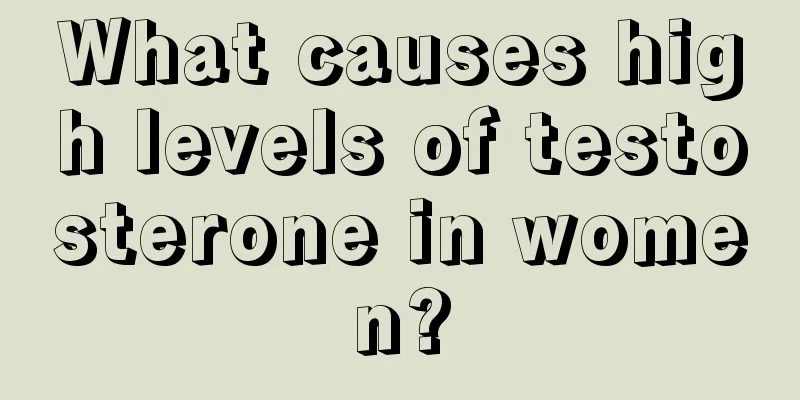What causes breast tenderness?

|
The problem of breast pain is not uncommon for women, and there are many reasons for breast pain, such as physiological pain related to menstruation, especially one week before menstruation, which may cause breast pain. It may also be a problem of breast pain during pregnancy, so it is important to understand the difference. 1. Physiological pain: Physiological breast pain is often related to menstruation, and breast tenderness about a week before menstruation is considered normal. 2. Breast pain during menstruation: It is the most common type of breast pain, accounting for about 65% of all breast pain, with an average age of onset of 35 years. The pain usually occurs or worsens 3 to 7 days before menstruation and gradually disappears or eases after menstruation. The severity of the pain varies from month to month, and is often felt as a heaviness, distension, dull pain, or occasional brief tingling sensation. There are also tender breast nodules, which are aggravated by pressure, movement or lifting objects. 3. Breast pain after sexual intercourse: People with low libido or disharmonious sex life cannot achieve sexual satisfaction, so breast congestion and swelling are not easy to subside. Continuous congestion will cause breast pain. 4. Breast pain during pregnancy: Some expectant mothers experience breast pain around 40 days after pregnancy due to the placenta and villi secreting large amounts of estrogen and progesterone, which causes breast enlargement. In severe cases, the pain may last throughout the pregnancy and usually does not require treatment. 5. Breast pain after artificial abortion: Some women experience breast tenderness and a lump after a miscarriage. This is because the pregnancy is suddenly interrupted, which causes the hormone levels in the body to drop sharply, causing the newly developed mammary glands to suddenly stop growing, resulting in breast lumps and breast pain. 6. Postpartum breast pain: Breast fullness, hardness and pain often occur 3 to 7 days after delivery. This is mainly due to the effects of prolactin, venous filling, interstitial edema and milk filling. Therefore, mothers should breastfeed as early as possible. If there is a lump, you can apply hot compress and massage the lump before breastfeeding, or you can use a breast pump to extract milk to promote the patency of the mammary ducts. Treatments for breast pain |
<<: What are the symptoms of nipple pain?
>>: Do you know the symptoms of female vulvar eczema?
Recommend
Mixed hemorrhoids in women do not require treatment
Hemorrhoids have always been an embarrassing topi...
Sudden deafness is not a trivial matter, prevention and protection are the key
Author: Feng Jinwei, Rehabilitation Therapist, Sh...
What are the symptoms of kidney nourishment for women?
The kidney is the most important part of our body...
What is the difference between curettage and hysteroscopy?
Curettage and hysteroscopy are both common gyneco...
Free prenatal checkup for maternal and child health care
Before preparing for pregnancy, couples need to f...
What should I do if my child is afraid of going to school? What should I pay attention to on campus after school starts?
If your child is afraid of going to school, paren...
The size range of gestational sac at 60 days of pregnancy
Pregnant women are all familiar with the gestatio...
Can I get pregnant if I have sex after a miscarriage?
After a miscarriage, a woman's body will be v...
Will women with spleen deficiency age faster?
Spleen deficiency is a common physical characteri...
What's wrong with the yellow leucorrhea below?
Women should pay attention if they have yellow va...
A picture of a woman with a mole in her right eyebrow
Physiognomy is a complex, meticulous science. Dif...
Female pelvic structure
Both men and women have pelvic cavities, but the ...
What to do if your breast nipple is inverted
The nipple does not protrude but is sunken inward...
I feel tired all the time and I get out of breath when I move. What's wrong with me? It may be a sign of heart failure!
Feeling tired, listless, and sleepy I feel tired ...
Common symptoms of melasma
We also call chloasma liver spots. Chloasma gener...









